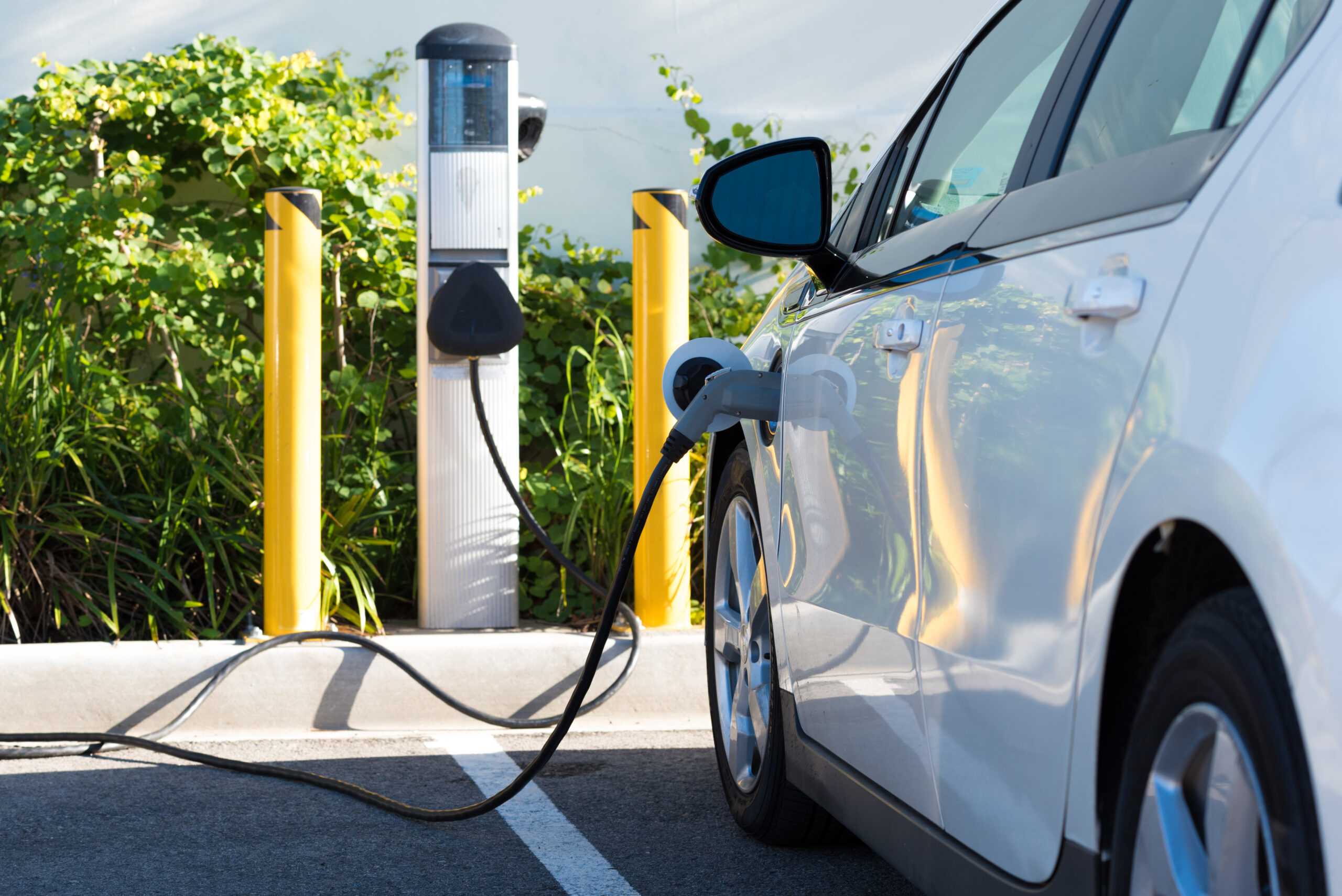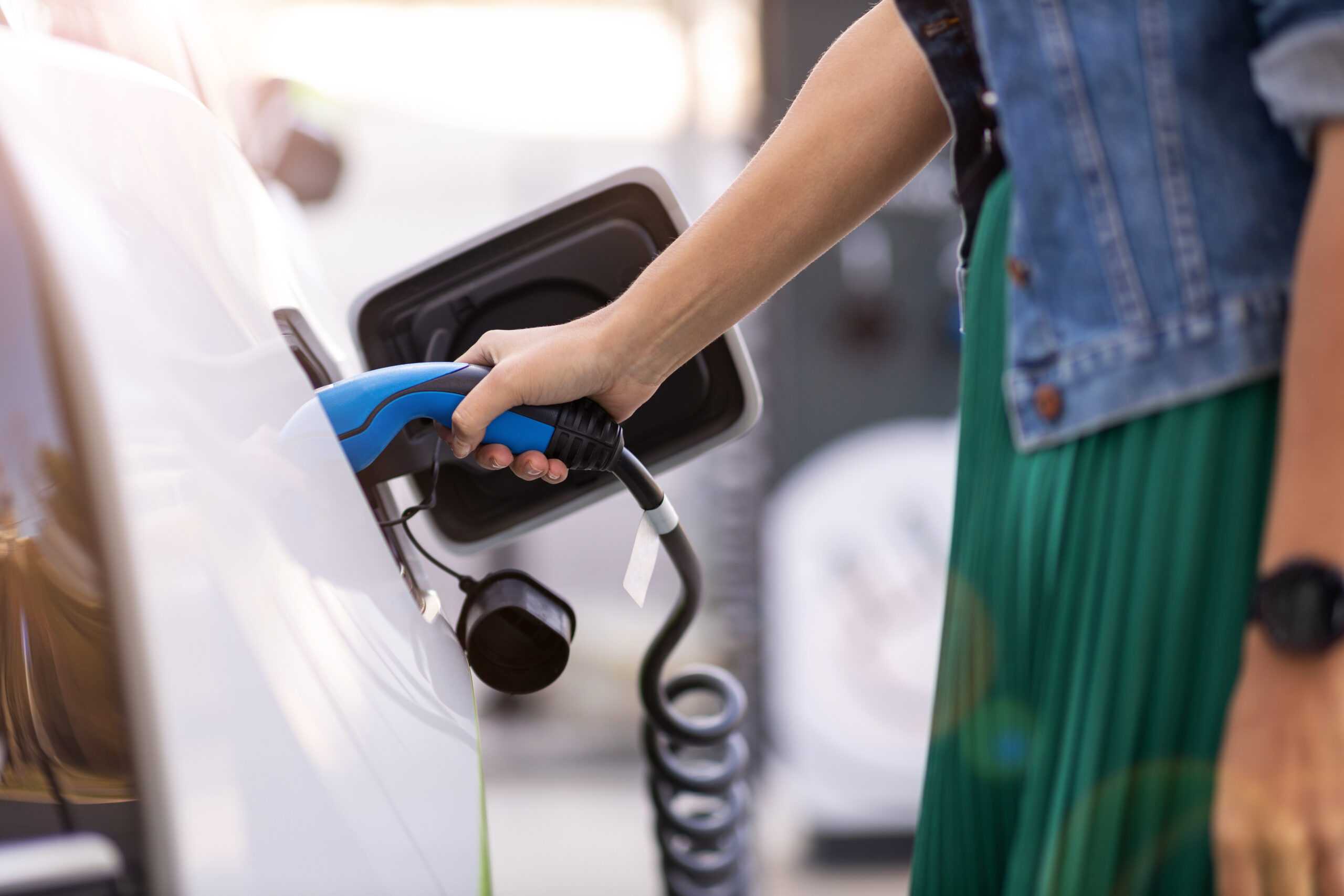Advertisements often reflect shifts in consumer culture. The Super Bowl earlier this year, for example, featured eight different commercials for new electric vehicles (EVs) from manufacturers like BMW, GM, Hyundai, and others. The rising costs of oil/gas and frequent reminders from mainstream news organizations about the devastating impact of carbon emissions on the planet’s climate have influenced many consumers in 2022 to at least consider an EV or a hybrid as their next car lease or purchase.
Moreover, a growing number of countries around the world have pledged to go all-electric with their vehicle production by 2040. The US is not on the list, but legislators in some states (like Washington) have been attempting to mandate that new vehicle sales go all-electric by 2030. In addition, interest from US consumers in EVs has never been stronger than it is right now. Sales have been relatively sluggish over the last several years, but EV registrations in the US jumped up 60% in the first quarter of 2022 even as overall new car registrations dropped 18%, according to Car and Driver. Globally, EV sales (including fully electric and plug-in hybrids) doubled in 2021 to a new record of 6.6 million, per the IEA.
The automotive industry not only needs to be prepared for the impending massive shifts in vehicle production, but consumer awareness and trust in the new technology must be established through smart advertising, even at the local dealership level. As explained by automotive insights firm WardsAuto, “While a large majority of EV advertising remains at the Tier 1 OEM level, dealers must rev up their local EV-centric advertising strategies to show consumers they can shop for new EVs and have them serviced right at their local dealership. Missing out on potential buyers because they think they can only shop for and order an EV through the manufacturer could be a costly mistake.”
There are a number of hurdles for automakers to clear, however, to reach mainstream adoption, including improvements to battery life, reductions in upfront purchase cost, and total cost of ownership over the life of the vehicle. For many consumers today, savings on gas may not be enough to offset the other costs associated with an EV (including the need for installing a charger in your garage). That said, according to Interpret’s New Media Measure®, there’s a good chance for EV automakers in the future, as younger generations are much more likely to purchase or lease an EV or hybrid. In fact, over 90% of Gen X and Boomers are still driving traditional gas vehicles while that figure drops to about 80% of Gen Z and Millennials.






